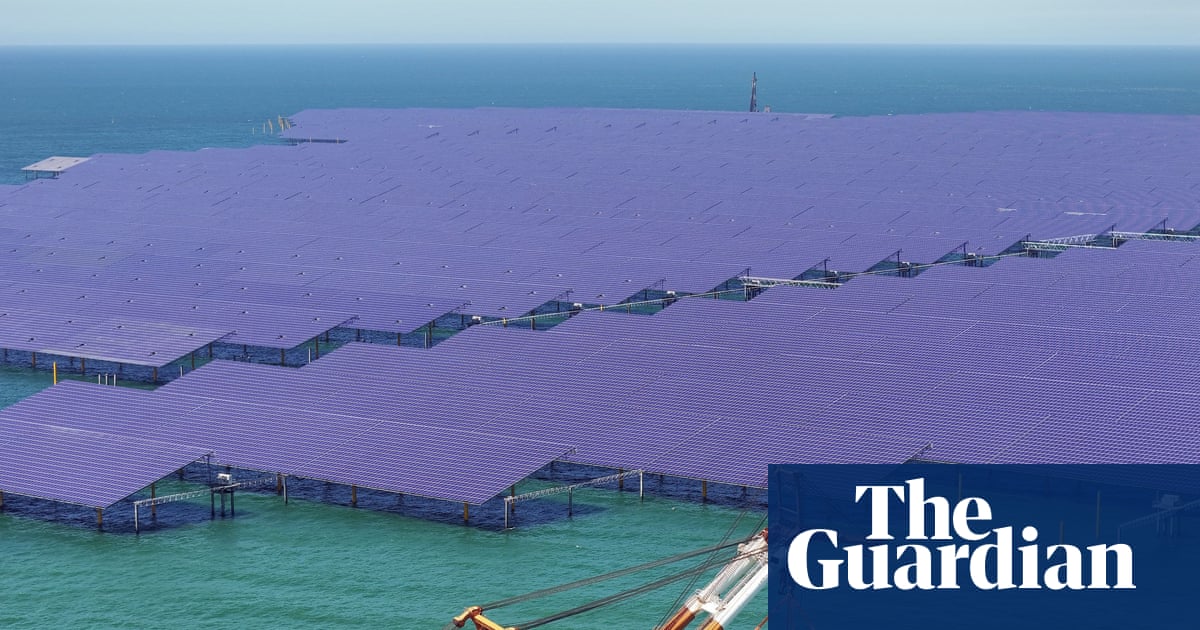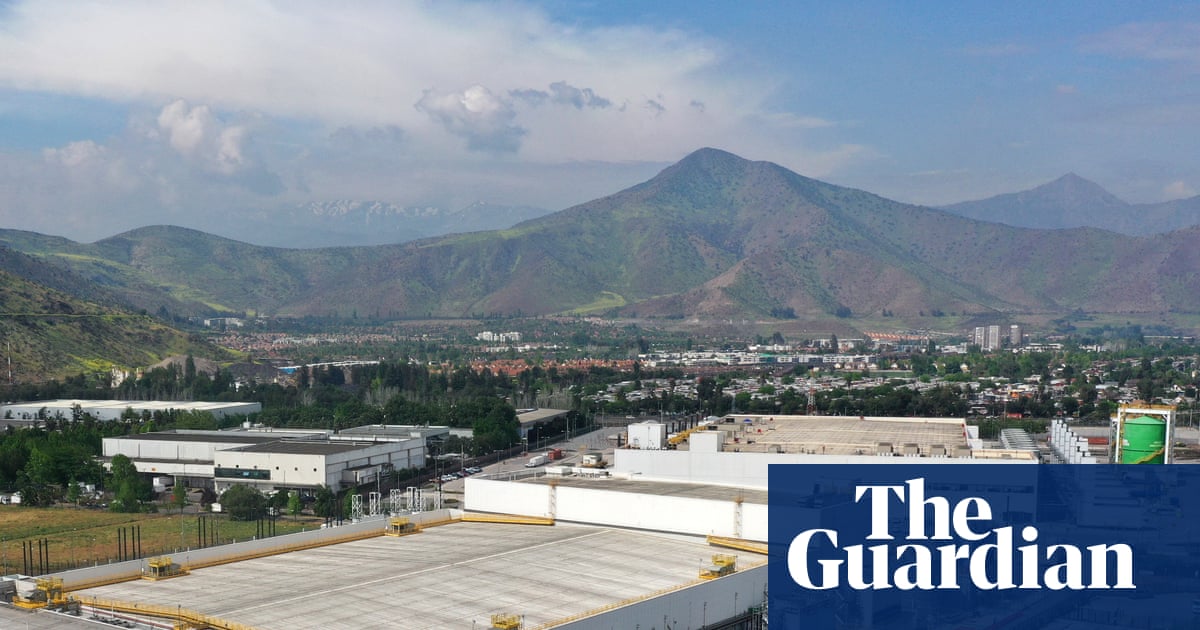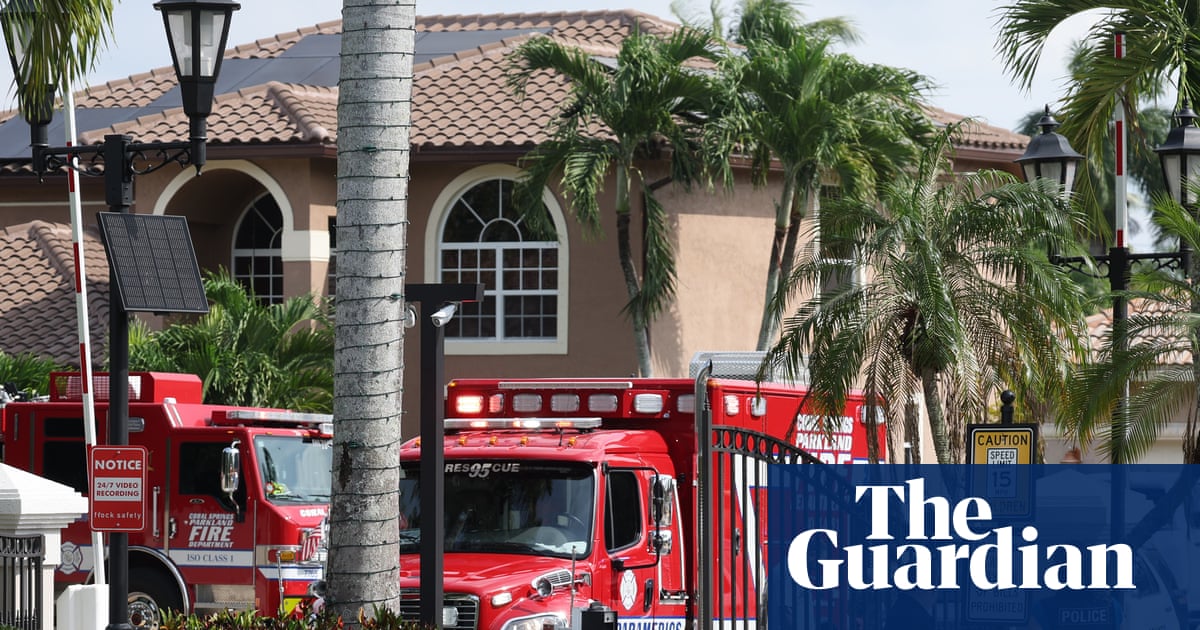The bursting of a barrier lake in Taiwan has killed at least 14 people and left 124 people missing, officials have announced, after Super Typhoon Ragasa pounded the island with torrential rains and brought widespread damage to parts of east Asia.
The outer rim of Super Typhoon Ragasa has been bearing down on Taiwan since Monday as its path moves down towards the southern Chinese coast.
The barrier lake, formed by landslides triggered by earlier heavy rain in Taiwan’s east, burst its banks mid-afternoon on Tuesday, unleashing a wall of water into the Guangfu township.
“As of 7 am [Wednesday], 14 people are confirmed dead and 18 were reported injured,” said Lee Kuan-ting, a Hualien county government press official.
“Thirty missing was the figure last night, released by the National Fire Agency, and our teams are still searching,” he added.
Taiwan’s fire department said on Wednesday that 124 people remained missing in Hualien county.
Ragasa had already toppled trees, torn the roofs off buildings and killed at least two people while ripping through the northern Philippines, where thousands sought shelter in schools and evacuation centres.
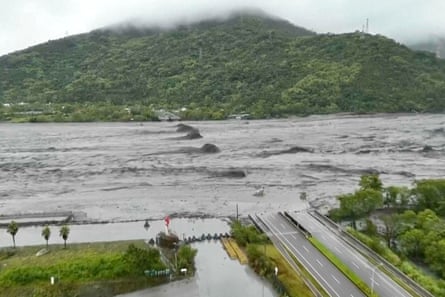
Hong Kong and parts of southern China were on high alert on Wednesday as Ragasa approached with powerful winds and rains, forcing Chinese authorities to shut down schools and businesses in at least 10 cities.
In Hong Kong, classes were to be suspended on Tuesday and Wednesday, though the stock exchange adopted new rules this year to keep markets open during typhoons.
There were no flights out of Hong Kong after 6pm Tuesday, according to the airport’s website. Cathay Pacific earlier said that more than 500 of its flights were set to be cancelled.
The super typhoon was generating maximum sustained winds of 195km/h near its centre while moving west across the South China Sea, according to Hong Kong’s weather service.
The Hong Kong Observatory issued its highest typhoon warning, T10, at 2.40am on Wednesday, saying it will “remain in force for some time” as Ragasa comes closest to the territory later in the morning.
It also warned of significant swells and storm surge as the storm moves through, with some areas potentially seeing water levels four to five metres above normal.
An AFP reporter saw waves nearly five metres high smash into the seaside promenade of Hong Kong’s Heng Fa Chuen residential district around nightfall.
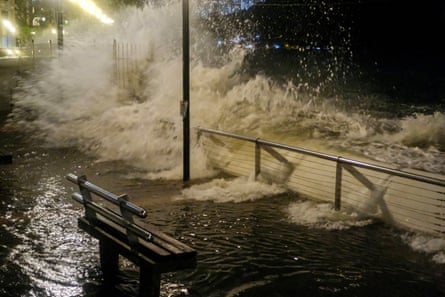
Terence Choi, a Hong Kong resident, said he had stocked two days’ worth of food at home, adding that he was “quite nervous” about the prospect of the housing estate losing power and fresh water supply.
Yang Lee-o, who has lived in the coastal neighbourhood of Lei Yue Mun for 40 years, said government workers had already spent a day placing sandbags.
Hong Kong’s number-two official, Eric Chan, previously said Ragasa would pose a “serious threat” comparable to the super typhoons of 2017 and 2018, which cost hundreds of millions in property damage.
Scientists warn that storms are becoming more powerful as the world warms due to the effects of climate change.
Ragasa – named after the Filipino word for rapid motion – is expected to make landfall in the central and western coastal areas of Guangdong within 24 hours, the province’s emergency management bureau said on Tuesday morning.
Shenzhen in China’s south-east earlier ordered the evacuation of 400,000 people.
Emergency management authorities in the Chinese tech hub said that except for emergency rescue personnel and those ensuring people’s livelihood, “do not go out casually”.
Other cities in the southern province of Guangdong that are implementing the measures include Chaozhou, Zhuhai, Dongguan and Foshan.
With Reuters

 1 month ago
41
1 month ago
41




